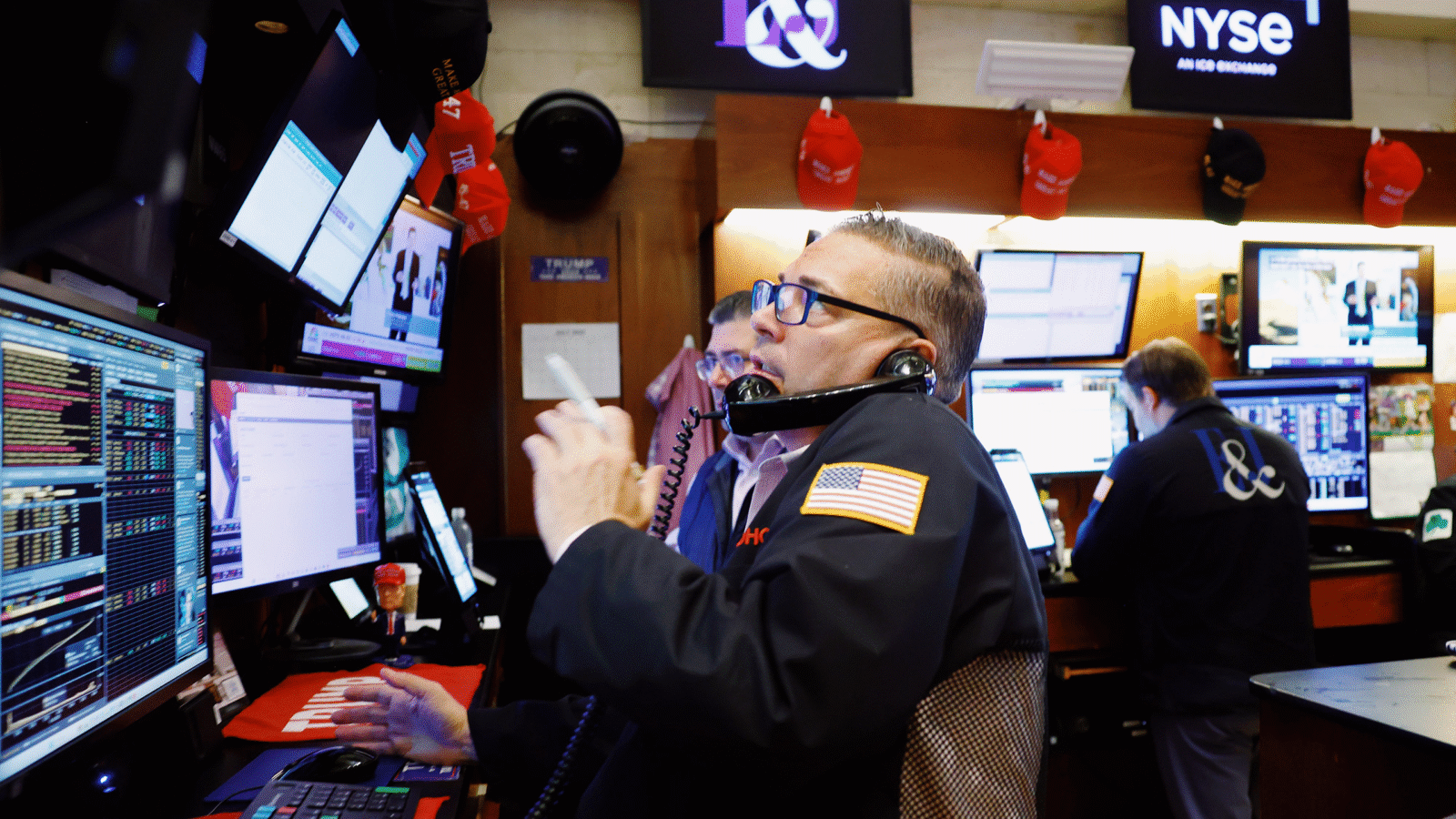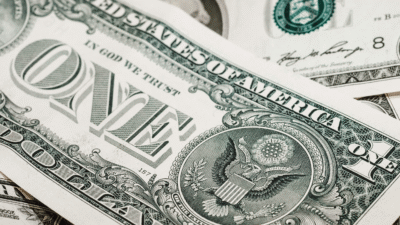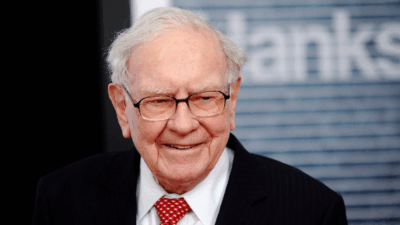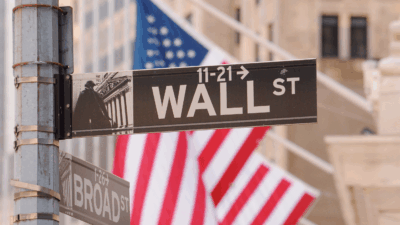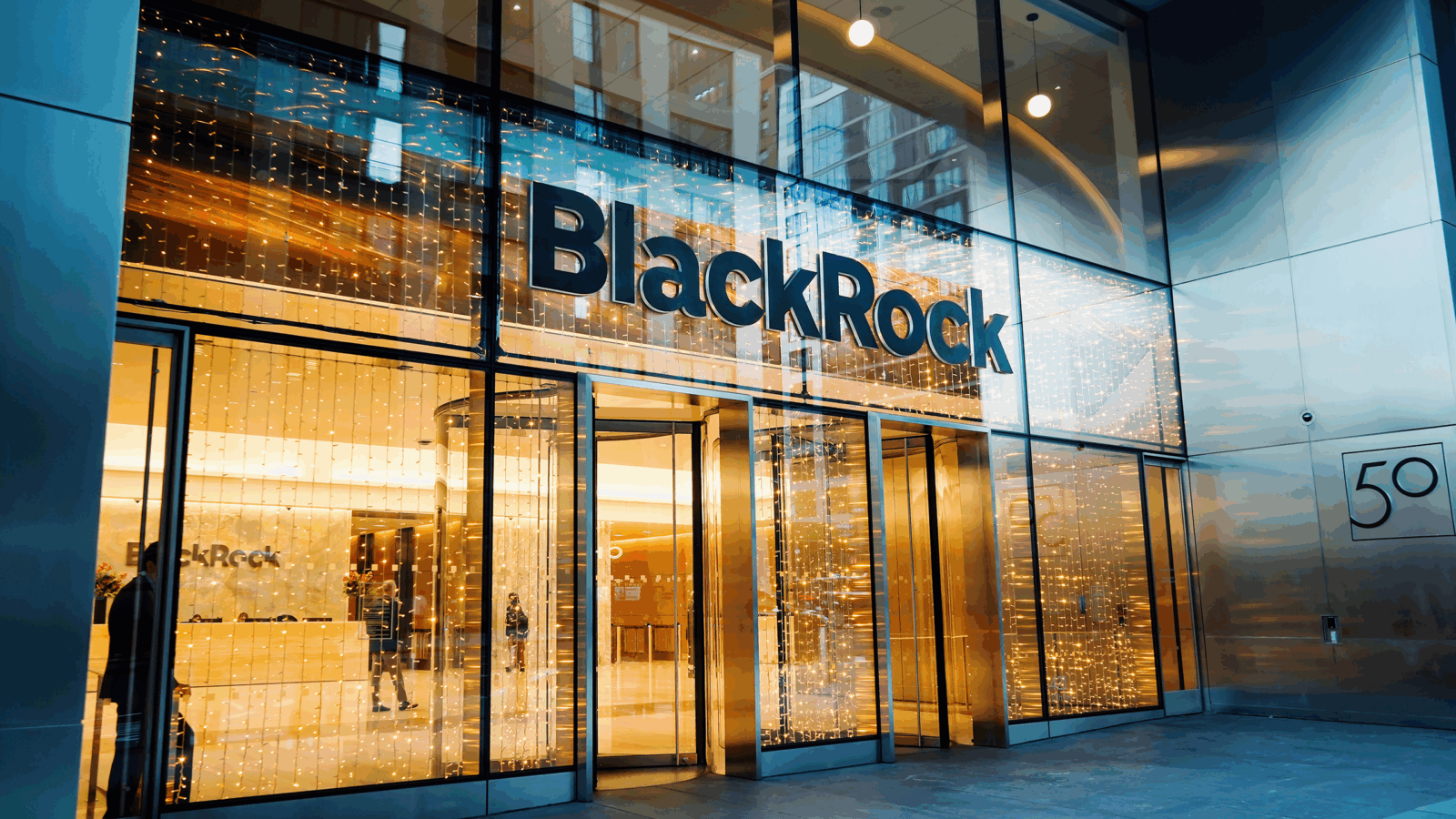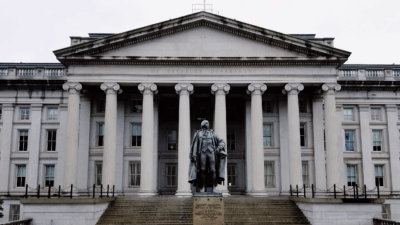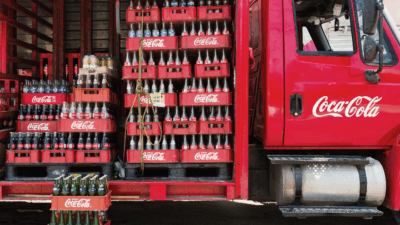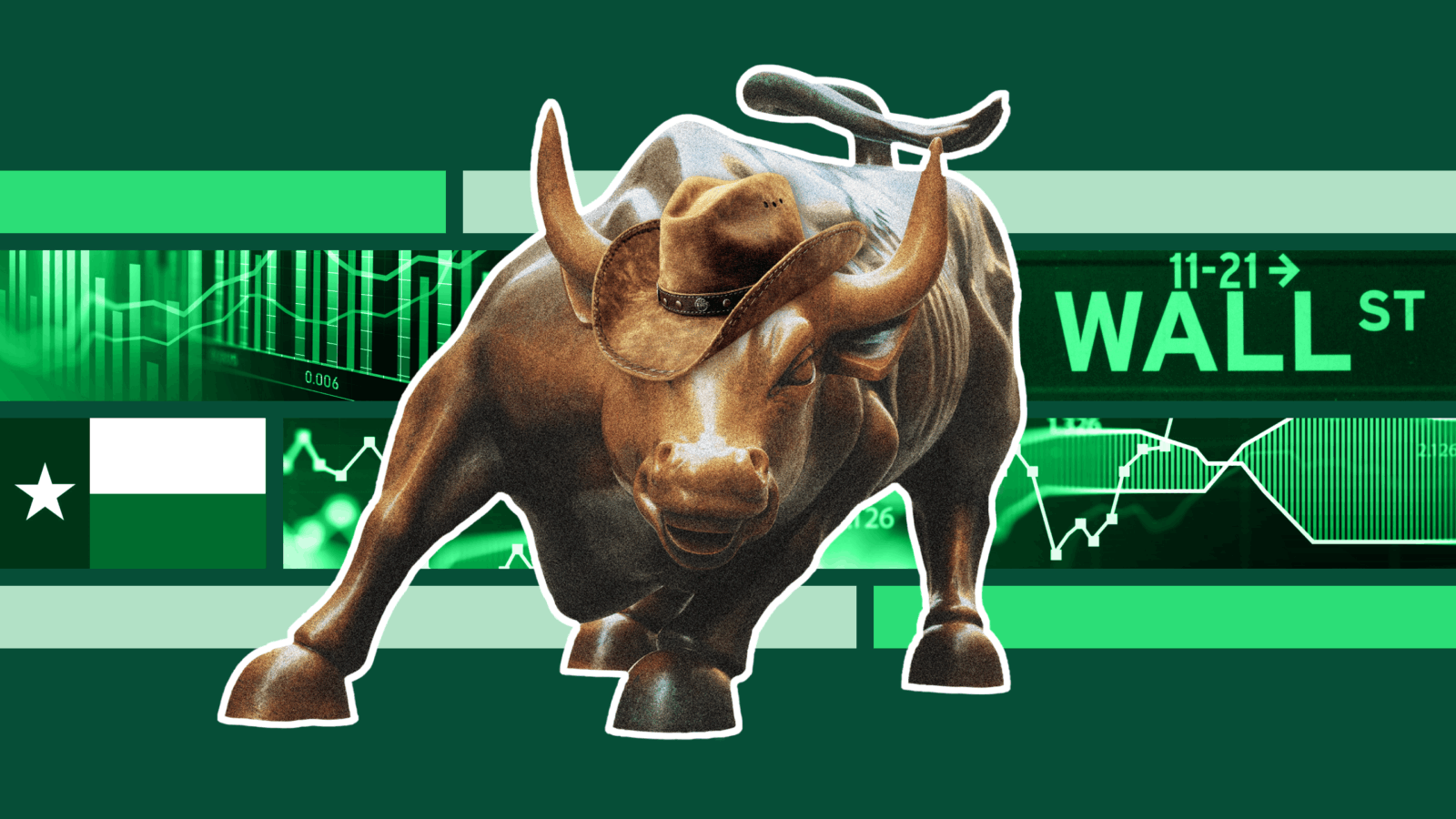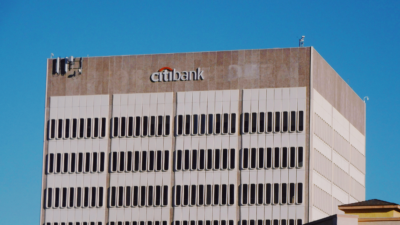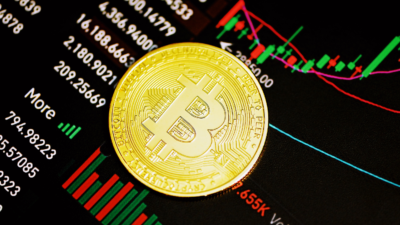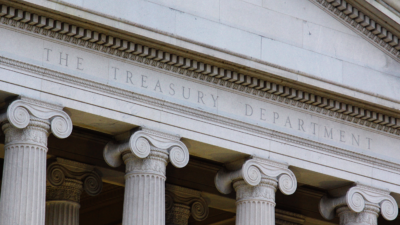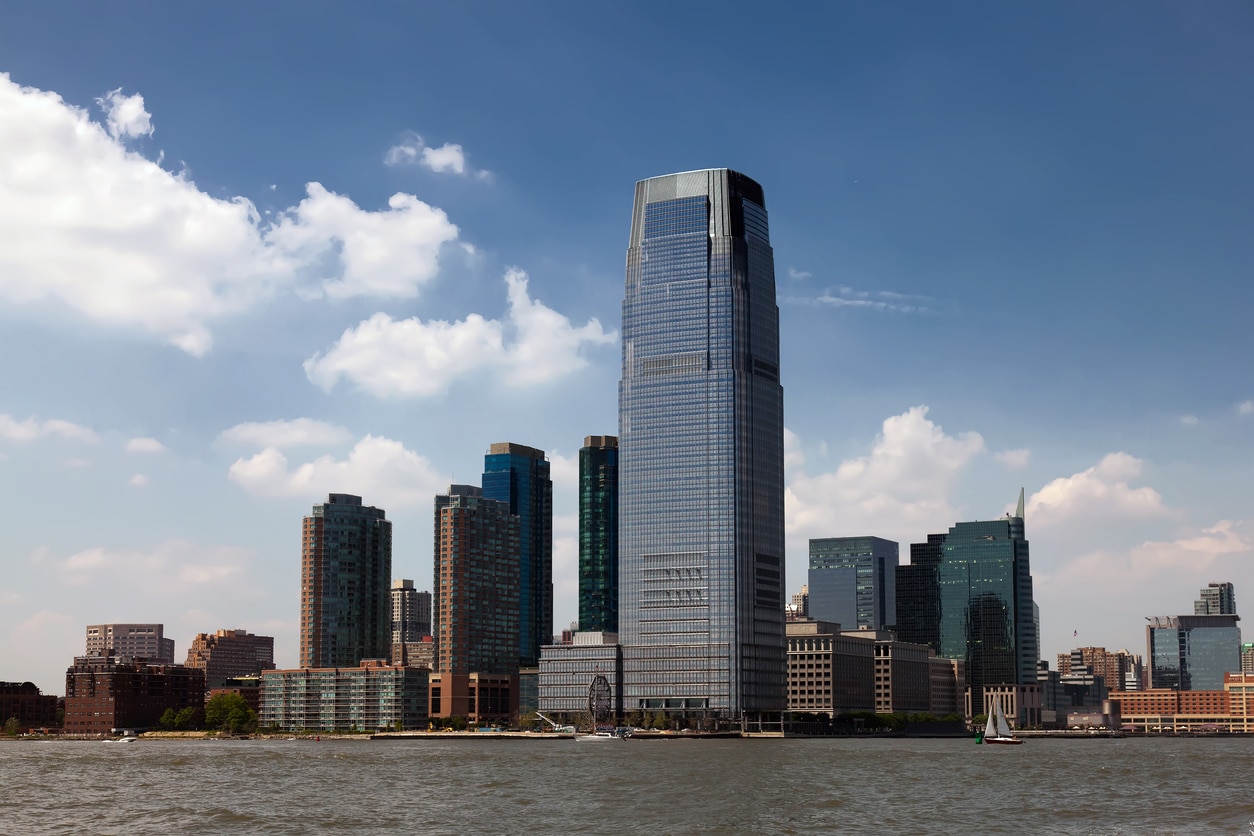
Sign up for smart news, insights, and analysis on the biggest financial stories of the day.
Do deadlines stress you out? Trigger warning: don’t read the following story.
Just about 300 SPACs have to find a company to merge with in the next three quarters or their investors risk losing money they put in, according to figures from data provider SPAC Research seen by The Wall Street Journal. The problem: SPACs, trendy in public markets just a year ago, are practically toxic now.
Save the Last Dance
Some background: special-purpose acquisition companies (SPACs) are shell corporations that list publicly with the single objective of merging with another company, taking it public without an initial public offering. The typical deadline for this merger to be consummated is two years. They were super popular during the white-hot bull market of the last two years: there were 92 SPAC mergers in 2020 and 213 in 2021, after just 26 in 2019. Suddenly last summer, the SEC began scrutinizing SPACs and even sued some, alleging they were actually investment companies or made subpar disclosures. The sector tanked.
Earlier this month, Goldman Sachs — the second-largest SPAC underwriter last year — said it was pulling out of working with most of the SPACs it had helped to go public after the SEC introduced tougher rules. If that wasn’t bad enough, there are still roughly 280 untethered SPACs, created during the glory days, that have merger deadlines in the first quarter of 2023. This has created an awkward middle-school dance scenario: if they miss the deadline, SPACs will need to return money to investors and forfeit the $5-10 million they paid to lawyers and auditors to set up the blank-check firms, and so they are seeking out dance partners just when just about everyone thinks they’ve lost their step:
- According to the WSJ, one exchange-traded fund tracking companies that have merged with SPACs is down 30% this year, which is way worse than the overall market. Betting platform DraftKings and online bank SoFi Technologies are down over 50%. Who wants to merge onto that highway to nowhere?
- There were only 16 SPAC mergers in the first three months of 2022, according to law firm White & Case. If that trend continues, most of these SPACs are going home empty-handed, and their founders and investors are expected to lose at least $1 billion that they’ve put in and won’t be able to get back.
“It’s a ticking time bomb,” Matt Simpson, a partner at Wealthspring Capital, told the WSJ. In their desperation, analysts fret that some SPACs could merge with weak companies and go public at implausible valuations in order to avoid losses.
One for the Record Books: Denis Sverdlov, the founder of electric vehicle maker Arrival, was worth $11.7 billion a year ago, when shares in his firm soared after a SPAC merger. (Or should we say, a hypothetical EV maker, as Arrival has yet to produce a single car.) Those shares have fallen 90% since. His wealth is down 94%, and he’s no longer a billionaire. At least he doesn’t have to worry about gas prices.
